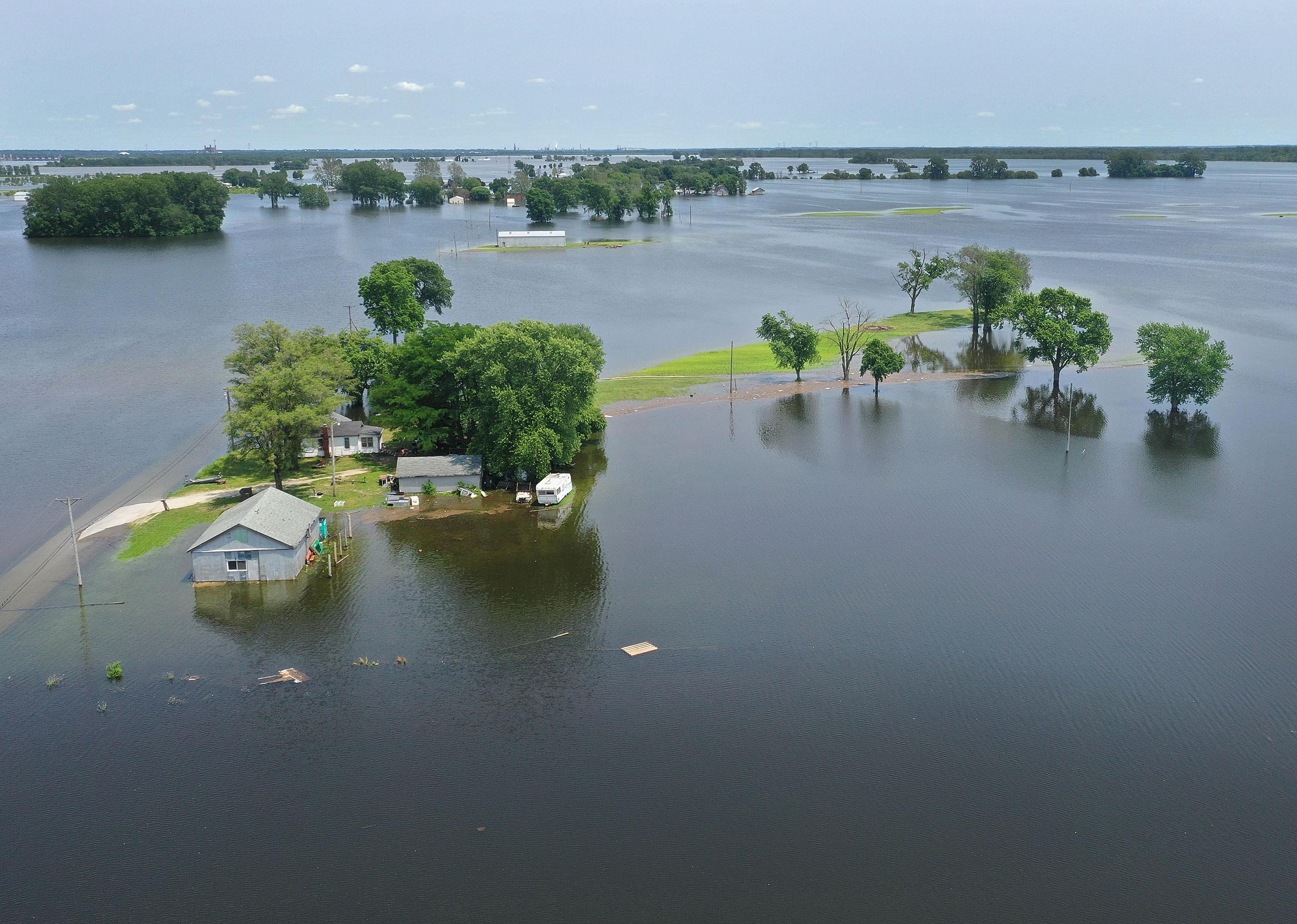
More flooding: How climate change has affected Missouri
The latest United Nations Intergovernmental Panel on Climate Change (IPCC) report is yet another reminder of the dire effects of climate change. While climate projections often look to the future when discussing the worst impacts of climate change, we are in fact already experiencing its effects across the United States. To better understand how climate change is impacting the country, Stacker compiled a list of the impacts of climate change in every state, using local and national news stories, government reports, and scientific journal articles.
While these impacts are weather-related—for example, heat waves, droughts, or storms—individual weather events cannot be attributed to climate change on their own. Rather, it is when these events are seen within larger trends that they can be understood as part of a pattern that has come out of the changing climate.
Keep reading to learn about how your state has been impacted by climate change, or read the national story here.
Missouri: More flooding
While Missouri doesn't have coasts or forest fires to contend with, the state is still experiencing the effects of climate change. In Missouri, 62% of the years between 1981 and 2019 saw above normal levels of precipitation. The increase in water could increase flooding, which would be especially damaging in a city like Kansas City, which could see its sewer system overwhelmed and its critical infrastructure damaged. In order to mitigate the worst impacts, KC Water, Kansas City's water utility, said it would implement a new green infrastructure that guides stormwater into areas with soil and plants, so the water soaks into the ground naturally instead of flooding the urban area.
Across the country, there are trends of rising temperatures, storms of increasing frequency and severity, and more erratic precipitation patterns, causing disruptions to the food systems and sometimes even resulting in death. While the U.S. government has set a target to reduce greenhouse gas emissions by at least 50% by 2030, it is clear that the climate emergency is already taking place, and along with emissions reductions, mitigation of the impacts of climate change must be prioritized as well.
Read below to see how other states in your region have been affected by climate change.
Oklahoma: More wildfires
While wildfires are generally considered a problem for the Western United States, thanks to climate change, they are beginning to take place further east—in Oklahoma, for example—according to a report from Climate Central. In 2018, Oklahoma experienced more than 1,000 wildfires, and more than 4 million residents live in areas that have an increased risk of wildfires.
Tennessee: Flash floods
In August 2021, parts of Tennessee were hit by record-breaking amounts of rainfall that caused unexpected flash flooding, killing at least 21 people. In less than 24 hours, 17 inches of rain fell in Humphreys County. While a single weather event alone can't be definitively attributed to climate change, a federal study found that climate change doubles the chances of these types of heavy downpours taking place.



